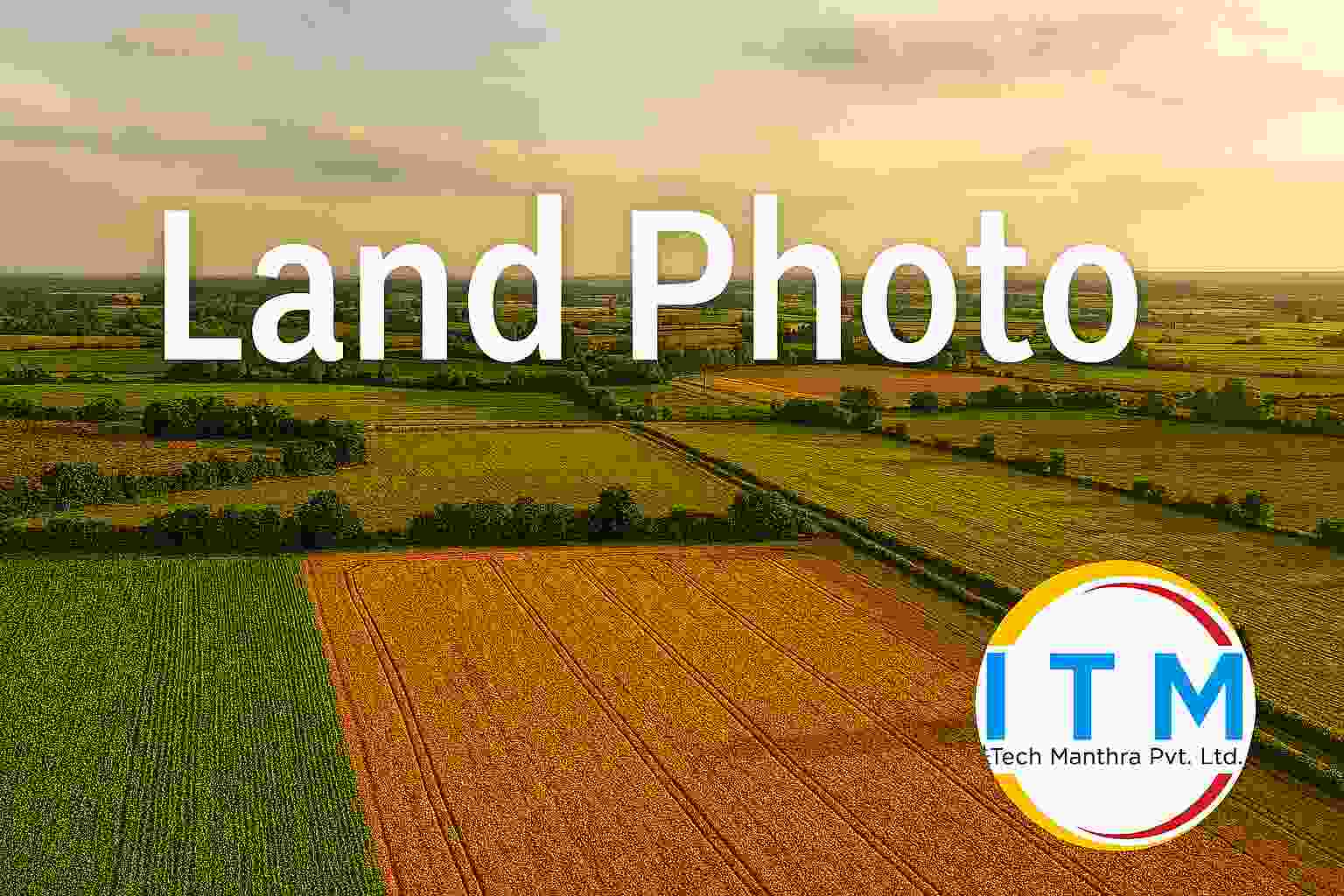Introduction
Ever whipped out your phone to capture that perfect patch of land only to have your dreams shattered with a dull and lifeless image? Whether being a walk-in land photographer or setting up for a real estate listing, spectacular land photography is not all about pointing and shooting. A couple of tricks on your sleeve will help you snap photos that appear to offer depth and drama an image that makes one halt scrolling.
Competitor Analysis & Titling Inspiration
The top guides Mark Denney, Mitch Green, Iceland Aurora, and Pics.io advocate composition, lighting, and novel perspectives for working with landscapes and land photographs. A common title would be “Guide to Landscape Photography Composition.” We opted for something a bit more modern:
“Land Photo Magic: How to Capture Stunning Outdoor Scenes”
Also Read: Best Training Insititute
What Brings Out the Special in a Land Photo?
A land photo that really stands out has three main features balanced very well:
Composition and Foreground – Find some interesting foreground elements such as rocks, trees, or fencing to create some depth that drags the viewers into the frame.
Lighting – The magic happens during the golden hour: early in the mornings, or late in the afternoons, the land gets this warm glow while shadows are set long just for ambience.
Technical Focus – Tripod for sharp images, include smaller apertures such as f/11–f/16 to obtain maximum depth of field.
What Is the Best Time for Land Photography?
Always choose the golden hour right after sunrise or before sunset. Soft warm light adds contrast without harsh shadows, thus making texture and conversion stand out. According to The Guardian, “the first two hours after sunrise… before the sun burns off the fog.”
How Could Composition Rescue a Flat Land Photo?
Foreground elements provide a sense of depth. Rocks and grass or fenceposts help guide the eye.
Leading lines walkways or streams call attention to specific areas and bring structure.
Play with angles low perspective or zooming in on an intimate scene can set an ordinary patch of land apart as an engaging image.
What Equipment Did I Really Need for Taking Land Photos?
- Tripod – Must-have accessory for sharp landscapes shooting, especially low light conditions.
- Control Aperture – Set it to f/11–f/16 so that the whole scene is mostly in focus.
- Neutral Density and Polarizing Filters – To control exposure and emphasize textures.
- Wide and Telephoto Lenses – Wide ones are for huge vistas; telephoto ones isolate interesting details.
How Should You Post‑Process Land Photos?
- Spot remove any distractions using content-aware fill in Photoshop.
- Increase clarity and contrast by carefully enhancing texture and tonal transition.
- Careful cropping think square or panoramic formats that emphasize the story.
FAQ – Essential Queries on Land Photography
Q: Can I shoot land photos with a phone?
A: Totally! Focus on composition, light, and perspective phones can surprise you.
Q: What if weather is flat or overcast?
A: Aim for intimate scenes small details, textures, and mood often shine even in flat light.
Q: Do I always need a tripod?
A: To get sharp, crisp land photos especially in low light, it is highly advisable.
Q: Should I use filters?
A: ND filters help with long exposures; polarizers reduce glare and enhance sky and foliage.
Q: Is RAW necessary?
A: Yes, RAW files keep detail, giving you flexible editing options and the ability to recover highlight/shadow.
Final Thoughts
Taking good land photography is not about fancy equipment, but rather about picking the right light, thoughtfully arranging your composition, and paying close attention to all details. Keeping it simple: consider golden hours, mind the foreground, and edit purposefully. Your next candid could well give way to a land scene standing for a beautiful story.
Want To Know: Best Training For This SEO Course
Have you done a killer land photo lately? Share it below, or ask any questions. I would be stoked to see and discuss your shots!
Sources: markdenneyphotography.com, mitchgreenphotos.com, icelandaurora.com, blog.pics.io
.
